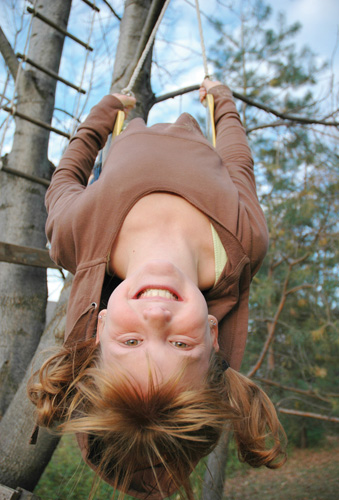Safely Turn a Yard Into a Play Area

|
Yards can add a lot to a home. For gardeners, a sprawling outdoor space can act as a weekend getaway of sorts, allowing homeowners the chance to go outside in the spring and summer sun and escape all of life's other distractions. For parents, a yard can be a great place to let kids play and enjoy themselves, all within viewing distance of Mom and Dad's watchful eyes.
Though backyard playgrounds might not be as prevalent as they once were, that doesn't mean they're still not fun for kids. Of course, a backyard play area is only as fun as it is safe, so parents considering creating one for their kids should consider the following tips before beginning such a project.
* Be mindful of drainage. Building a play area in a spot on the lawn that doesn't have proper drainage is asking for trouble. During winter, such areas are likely to have excessive ice, threatening kids' balance and potentially leading to injury. Even in warmer months, poor drainage could result in puddles after spring or summer rains, attracting mosquitoes and other insects and making kids more susceptible to bug bites.
* If possible, build in a relatively shaded area. While it might not be possible to create the play area entirely in the shade, try to keep as much as possible out of the sun. This will protect kids from the sun, particularly during those hot summer afternoons when kids love being outdoors but UV rays are at their most harmful.
Though you'll want kids to be protected from the sun, it's important not to build in areas that are concealed by trees. This will impede parents' ability to watch their kids as they play.
* Build away from patio or barbecue areas. Erect play areas away from patios or barbecue areas. In addition to concrete sidewalks that can hurt children, you won't want kids playing anywhere near charcoal, starter fluid or propane tanks.
* Install a padded surface or sand around swingsets and jungle gyms. Instead of building on grass or hard ground, when building the swing set or jungle gym be sure to install a padded surface underneath, or use sand. Both will help cushion kids in the almost inevitable circumstance that they fall. Sand and padded surfaces will decrease the risk of head injury and broken bones. Recycled rubber pellets and even wood chips can provide more cushioning than the hard ground during a fall.






